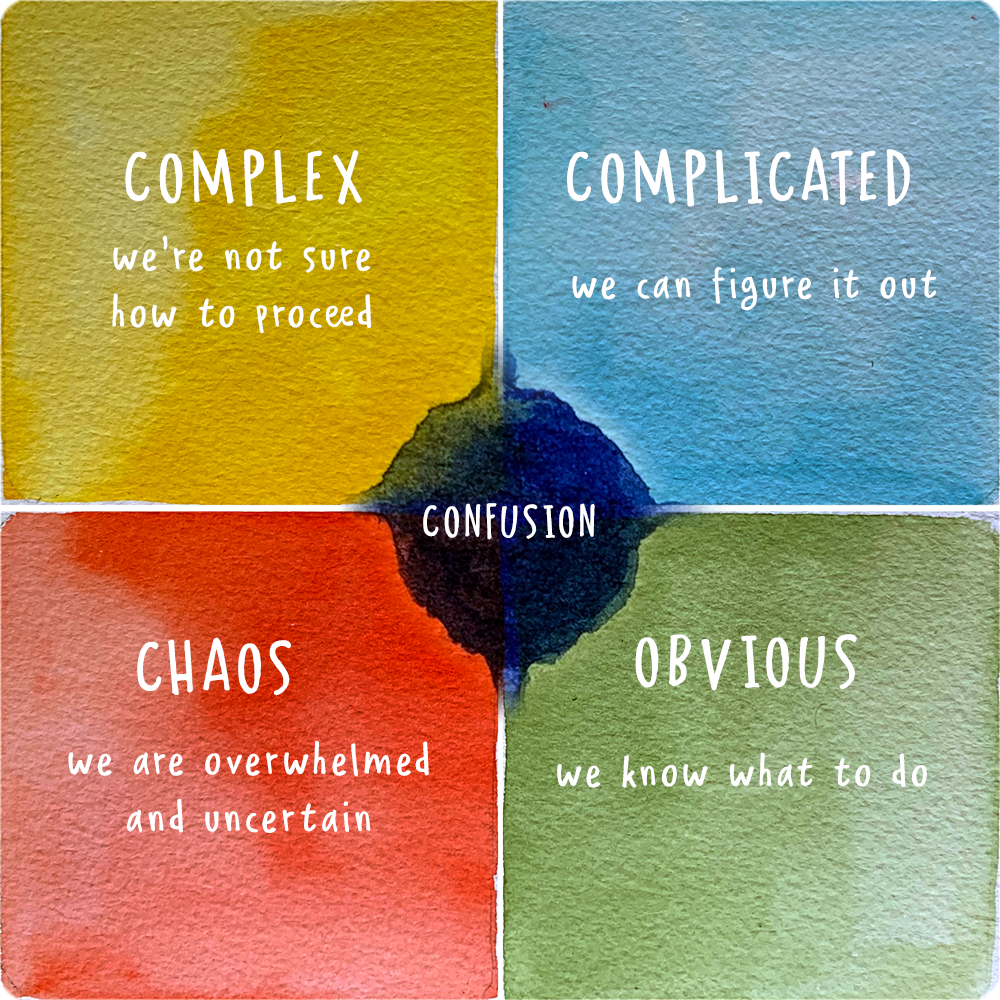Crises and Opportunities
How do we find our way when everything turns upside down?
When we launched LegacyWorks Group, we set out to become the best possible partner to help communities collaborate on important projects to achieve far greater impact. These kinds of collaborative projects are challenging and out of the reach of any single organization or agency. Over the past six years we have learned how to enable leaders to bring their best selves, build new capacity and rise to the occasion to achieve something extraordinary together. Inevitably initial successes breed further collaboration on increasingly complex, systemic challenges and opportunities. Together we build the pathway to achieving far greater impact than was possible or even conceivable before.
With the world reeling from COVID-19, the economic recession, and the recognition that we need to address systemic racism and injustice with real urgency, we are increasingly helping our communities navigate complex crises and disasters. The same kind of deep, whole-hearted collaboration that welcomes all voices, invites a diversity of wisdom and perspectives, and enables everyone to contribute what they have to offer is more important than ever. We're being stretched to take a whole-systems approach to every community collaboration we facilitate and every project we manage and support.
The Cynefin Framework
It's true that when a crisis hits, no single organization, agency or leader can respond effectively on their own. The situation is confusing and difficult to map out. Everything is even more interconnected than usual, and everyone needs to work with other leaders, organizations and agencies to meet community needs and achieve their goals. If the crisis or opportunity is big enough, it moves beyond complicated to complex and even chaotic. Each of these different realities calls for different ways of showing up, taking stock of the situation, deciding on next steps, and taking action.
You may recognize key elements of the Cynefin Framework in these paragraphs. My favorite summary of its use in community impact and disaster recovery comes from Bob Stilger's remarkable book: After Now, a collection of stories, resources and wisdom from Bob’s many years of work in Japan after their triple disasters (earthquake, tsunami, and the meltdown of the Fukushima reactors). The framework is introduced in this Chapter called Finding the Starting Line. I encourage you to also explore other chapters and frameworks from the book available for free download, and to buy the book. It has been an immense help to me in this work as we help our communities navigate our own triple disaster.
RELATED INSIGHTS

